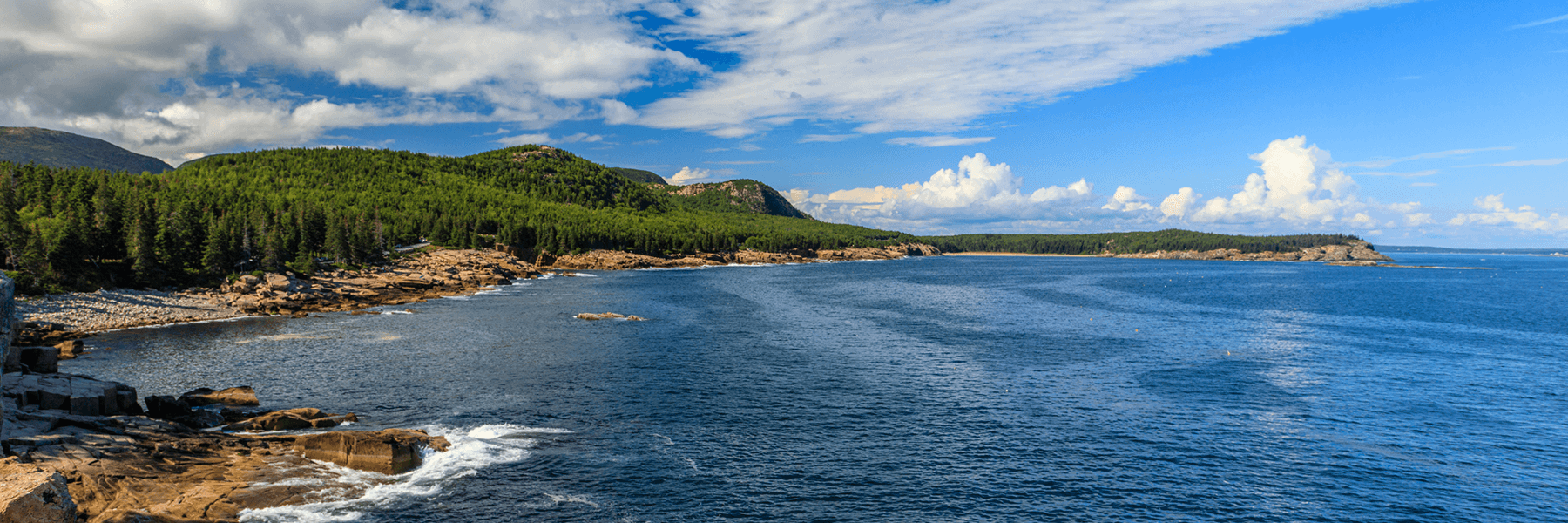Study examines future ocean changes along the US East Coast and in the Gulf of Mexico

Global models, the main tool used for understanding future climate conditions, show that most of the oceans will warm over the 21st century. However, the horizontal resolution of climate models is relatively coarse, with the space between model grid points ranging from about 50 to 100 miles. At this resolution, the models are not able to represent the detailed structure of ocean currents and their interactions between the bottom and coast line (e.g. small bays and channels). In a new study to be published in the Journal of Climate, NOAA and CIRES researchers at the Physical Sciences Division ran simulations using a very high resolution ocean model (about 4.3 miles between grid points) to examine the effects of climate change along the east coast of the United States. Like the climate models, this regional model showed the ocean will warm, but it also showed that the warming can be especially strong (as much as 9℉ by the end of the century) in coastal areas such as the West Florida Shelf, the Gulf of Maine and important fishing grounds including George’s Bank.
The researchers found that the warming associated with climate change can be especially intense near the bottom of ocean shelves and in bays. They also noted changes in other ocean features, including changes in salinity and in the strength and position of ocean currents. For example, the Gulf Stream was projected to weaken in the future. The regional model used conditions provided by three different climate models at the surface and along the boundary of the study area in the Atlantic Ocean. The climate models have different sensitivities to increasing greenhouse gasses and these differences were communicated to the regional model. As a result, while many of the changes were similar between model simulations, differences also emerged, including the extent of warming and where it reached a maximum.
A warming ocean will significantly influence where fish, lobster and other marine species live. For example, many species along the US east coast have already been documented to be moving northward to stay at temperatures in which they thrive. Thus, projections of how temperature and other ocean conditions change will be beneficial to fishers and fishery managers.
Authors of 'The Response of the Northwest Atlantic Ocean to Climate Change' are: Michael Alexander, Sang-Ik Shin, and James Scott of PSL.
Posted: October 9, 2019